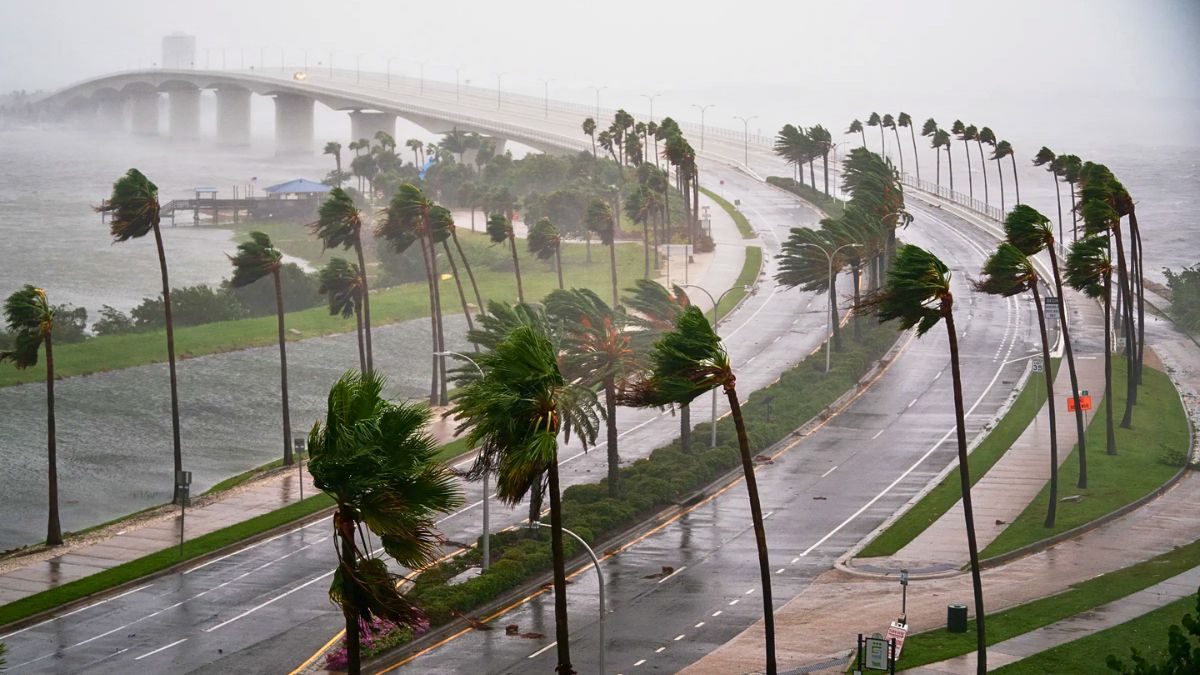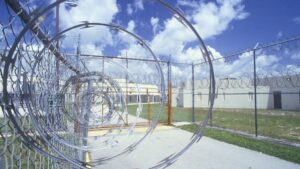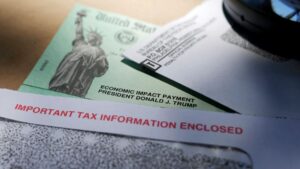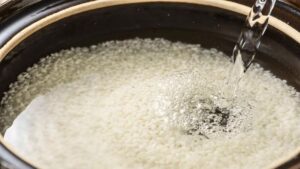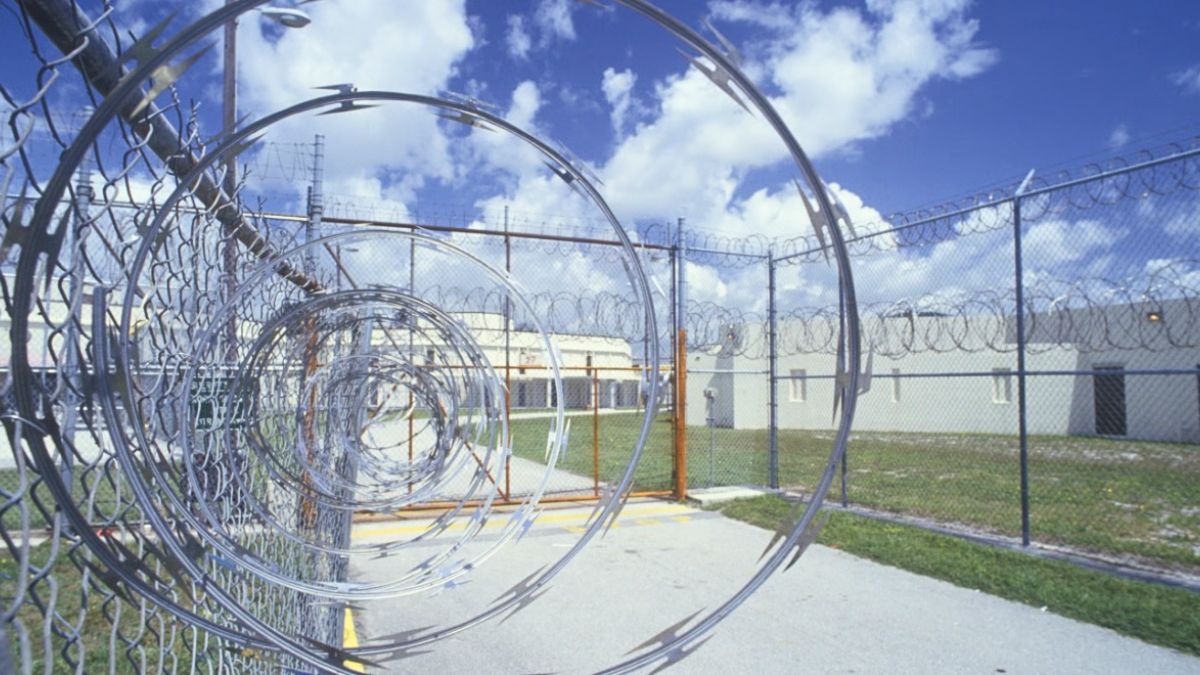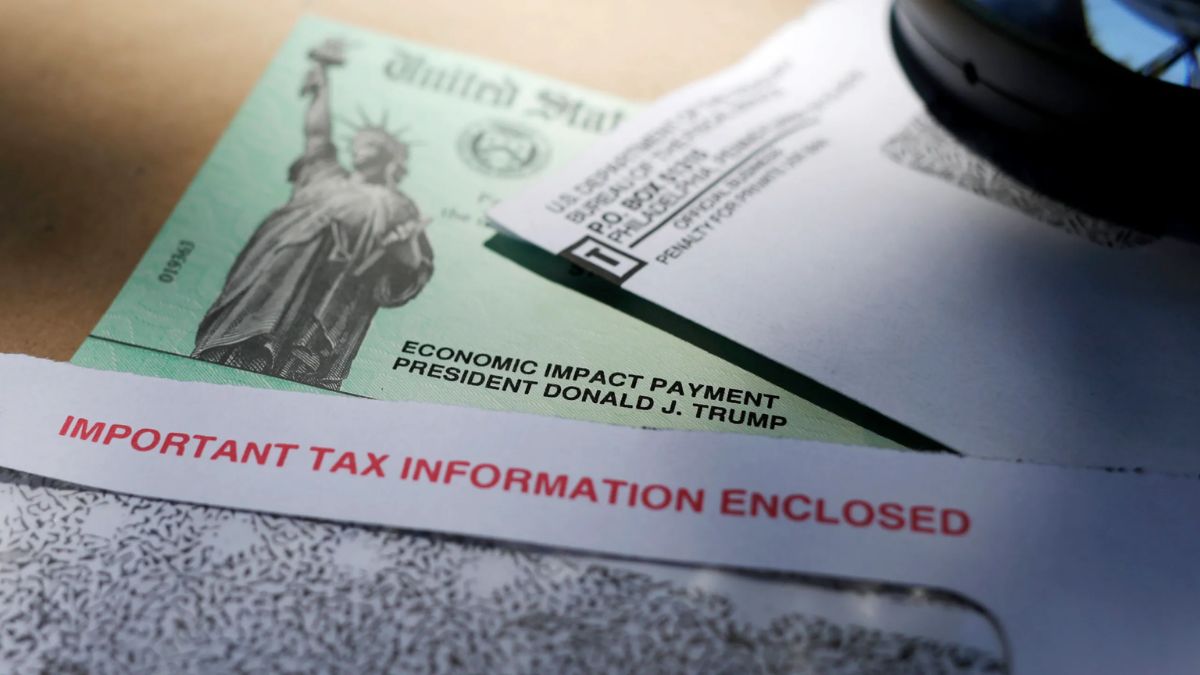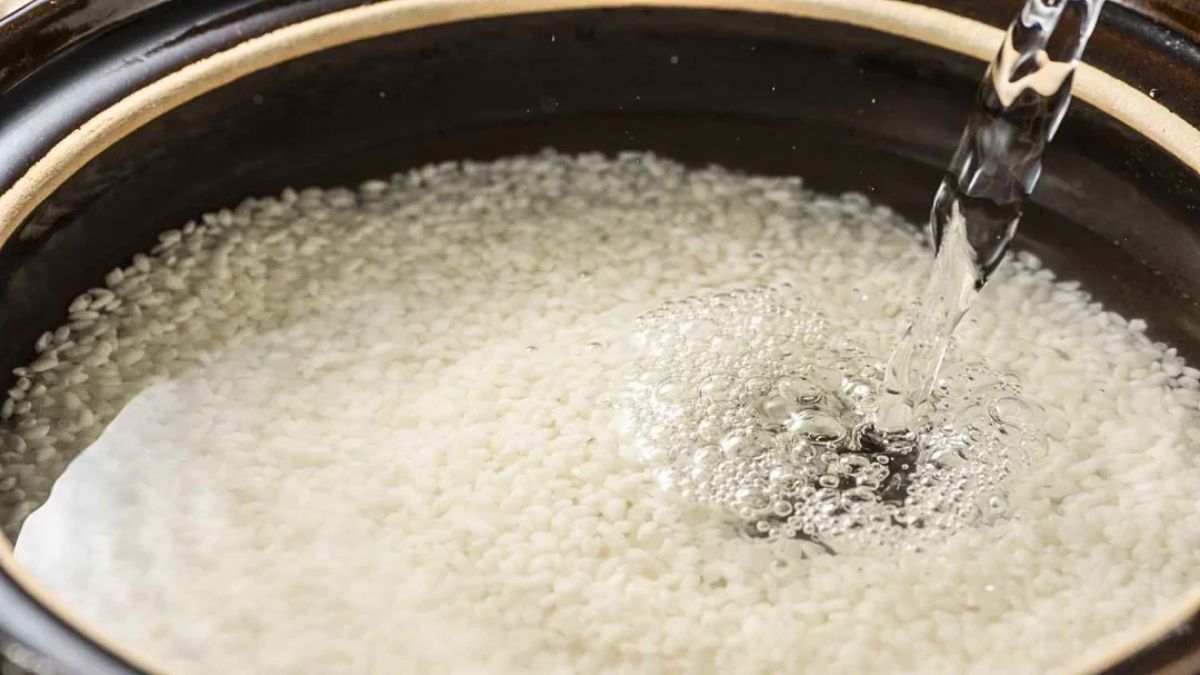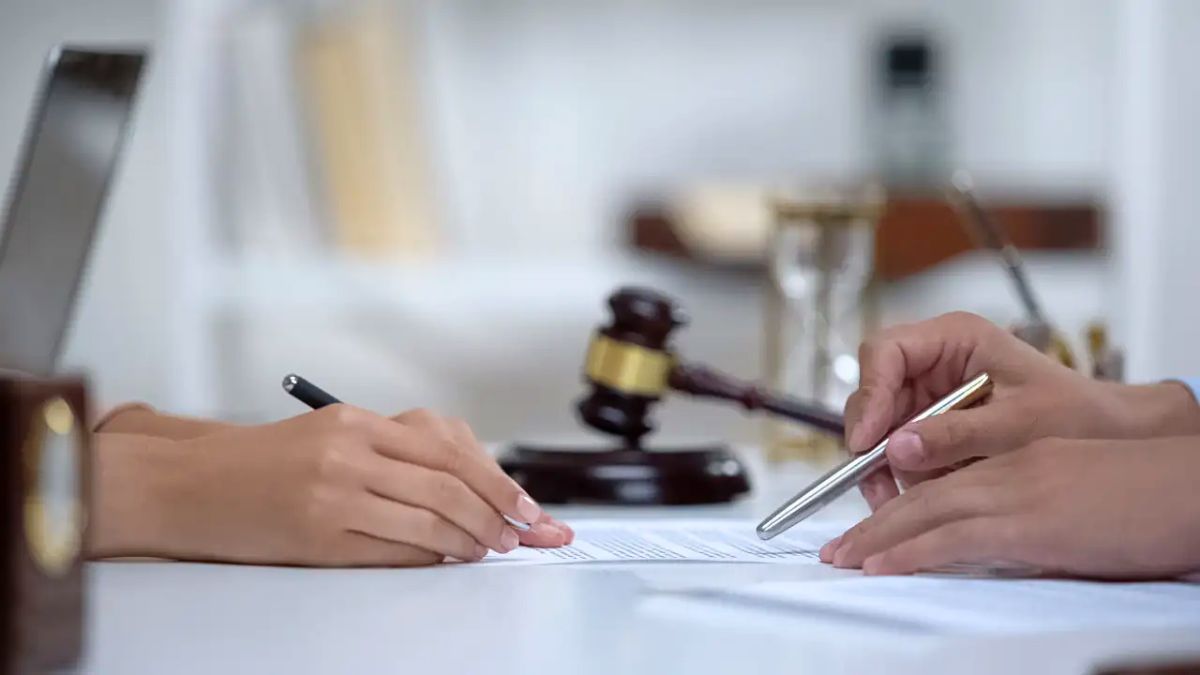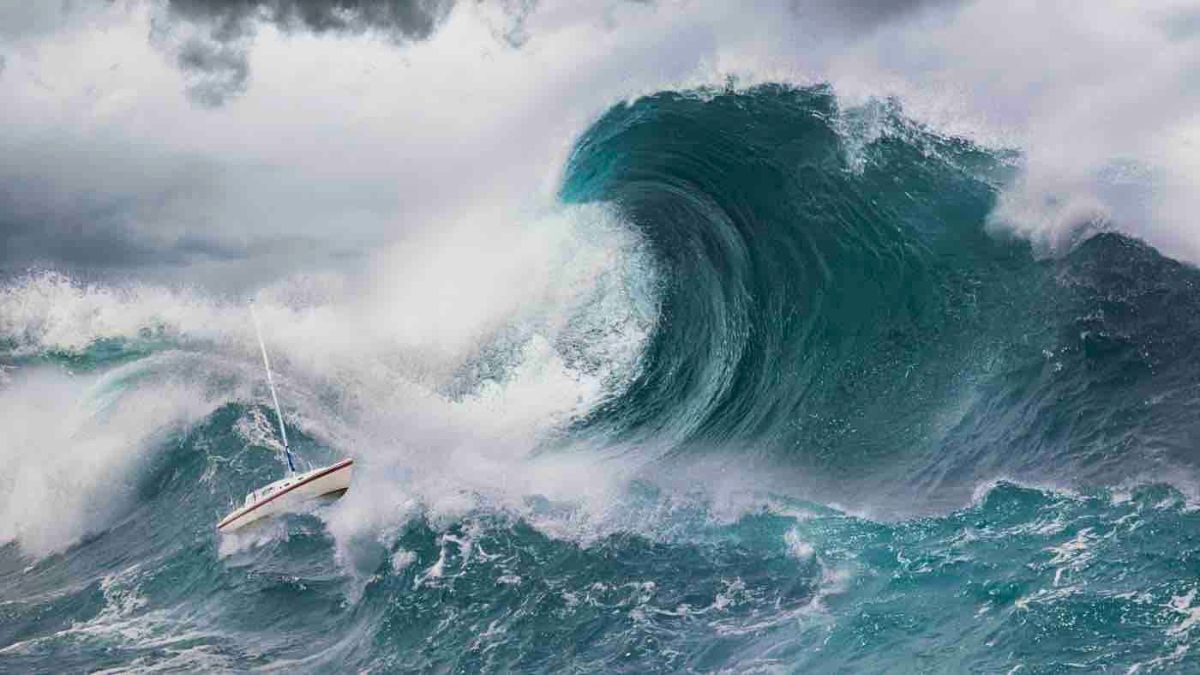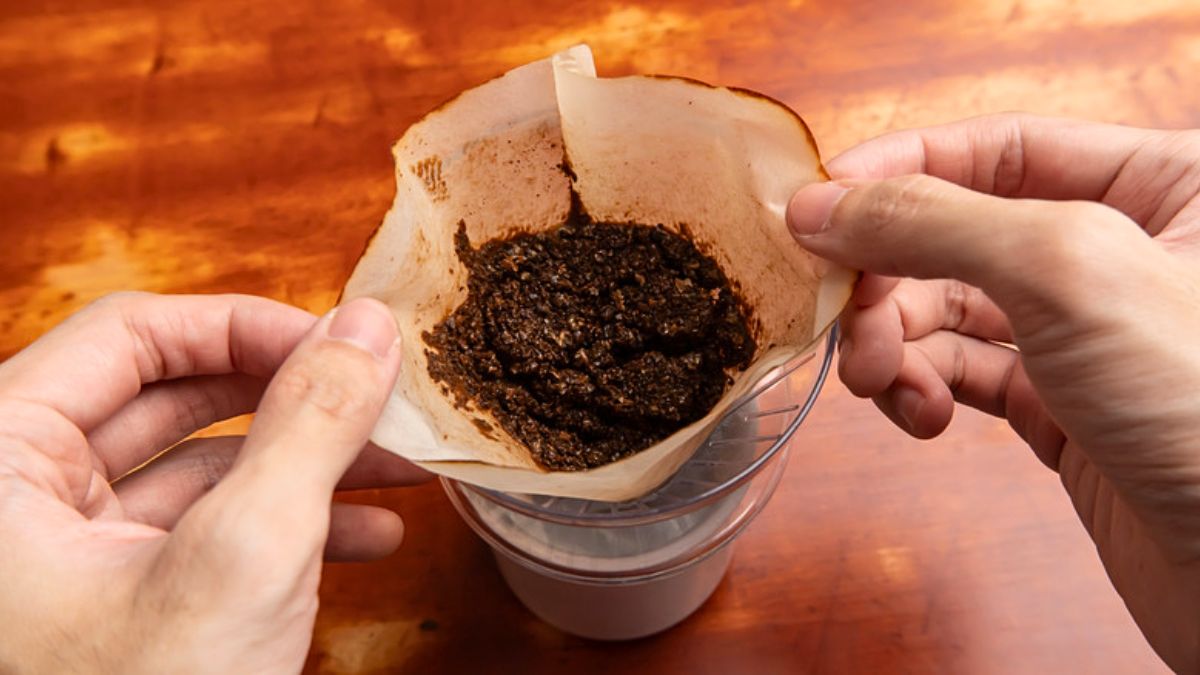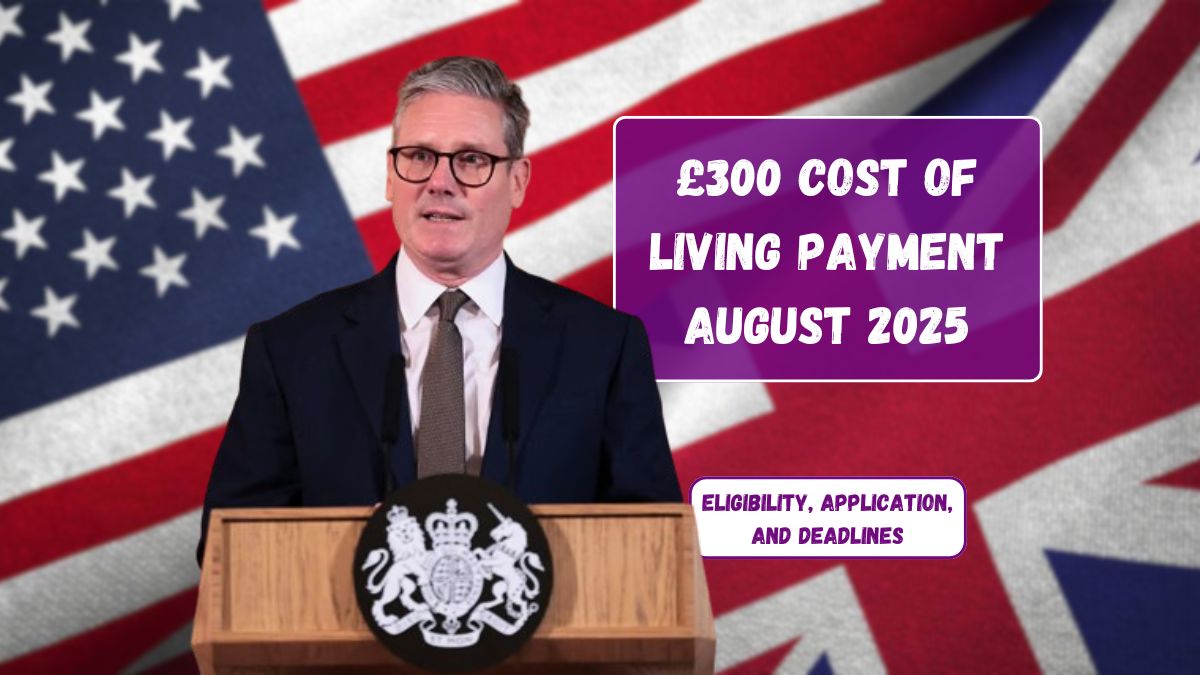When we think of hurricane forecasting today, we picture satellites, radar, and digital models. But over a hundred years ago, before modern technology, a group of Jesuit priests and Spanish sailors were already working on one of the world’s first hurricane warning systems. The story starts in the 19th century, in Spanish colonies like Cuba and the Philippines, where hurricanes brought destruction with no warning. Thanks to a unique collaboration between scientists and seafarers, that began to change.
Sailors
The Spanish Navy had a tradition dating all the way back to 1575, when King Philip II ordered ships to keep detailed weather records in logbooks. Every time a ship set sail, sailors recorded everything—clouds, wind direction, storms, temperatures, and even barometric pressure. Without realizing it, these sailors were laying the foundation for future weather science.
Using barometers and thermometers, they gathered data from across the seas. These observations helped identify patterns in nature that would later be used to understand the behavior of hurricanes. In short, they were the eyes and ears of early hurricane science.
Priests
Meanwhile, the Jesuit priests were doing something equally impressive. Though they were clergy, they were also passionate about nature and science. They set up observatories in colonial cities like Havana and Manila, where they watched the sky, studied clouds, measured wind, and tracked changes in Earth’s magnetic field.
For the Jesuits, studying weather was more than science—it was a way to understand how the universe worked. And they did it not for profit, but for the good of communities regularly threatened by violent storms.
Viñes
Father Benito Viñes was one of the leading figures in this effort. In 1875, he issued the first public hurricane warning from the Belén Observatory in Havana by observing a specific type of cloud he called “rooster tails”—what we now know as cirrus clouds.
But Viñes didn’t stop there. He reached out to ship captains and asked them to document what they saw at sea. The goal? To gather weather data from many locations at once and map out the paths of hurricanes. This was the beginning of collaborative weather tracking.
Devices
While their eyes were on the sky, Jesuit scientists also used an array of early weather instruments, including:
| Instrument | Function |
|---|---|
| Secchi Meteorograph | Automatically recorded weather data |
| Cyclonoscope | Helped observe and analyze cyclones |
| Aneroid Barometer (Faura) | Measured air pressure to gauge storm strength |
| Barocyclonometer (Algué) | Predicted distance and direction of typhoons |
What made their work stand out wasn’t just the tools—they knew how to connect the dots. Jesuits were focused on relationships: between clouds, pressure, and even invisible forces like magnetism. They looked for patterns that repeated over time, building the basis for reliable predictions.
Laws
By 1895, Father Viñes wrote a groundbreaking book outlining how hurricanes moved and behaved. He proposed that hurricanes had layered air movement: inflow at the bottom, spinning in the middle, and outward flow at the top. He also explained that their paths weren’t random—they curved, like a parabola, based on the season and latitude.
These insights helped people anticipate changes in hurricane behavior, like when a storm would change direction or weaken before making landfall.
Purpose
What really made this movement special was its human mission. The Jesuits weren’t just doing research for fun—they were doing it to save lives and protect communities. Their observatories were open to sailors, farmers, and local officials. They shared their knowledge widely, believing science should serve the people.
In an age without radar or satellites, these early scientists used brainpower, collaboration, and care to change how we dealt with disasters.
Their legacy lives on today in the global systems we now rely on to predict hurricanes. It’s a powerful reminder that even 100 years ago, science and compassion could come together to make a real difference.
FAQs
Who was Benito Viñes?
A Jesuit priest who gave the first public hurricane warning.
What is a barocyclonometer?
A tool to estimate a typhoon’s distance and direction.
What were Spanish sailors recording?
Weather patterns like wind, storms, and pressure.
What did cirrus clouds mean to Viñes?
They were early signs of an incoming hurricane.
Why did Jesuits study weather?
To protect lives and understand nature better.

